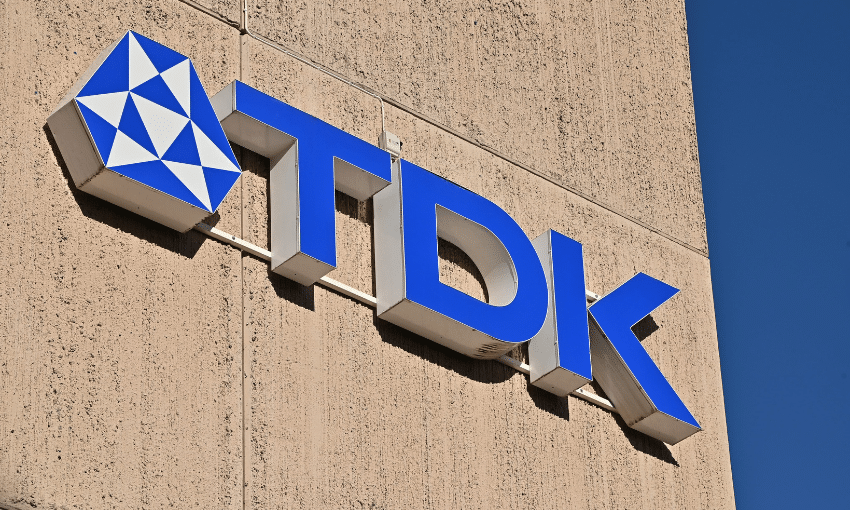February 13, 2025 /SemiMedia/ — The global automotive industry, which once struggled with a semiconductor shortage following the COVID-19 pandemic, is now facing a surplus of chips. Analysts at NXP Semiconductors have forecast a slowdown in demand across the sector.
NXP, a Dutch company providing semiconductor solutions for industries including IoT, telecom, and automotive, reported a 6% decline in automotive semiconductor demand compared to the previous year. Similarly, Swiss-based STMicroelectronics and U.S.-based Texas Instruments reported weaker performance for Q4 2024. STMicroelectronics highlighted a 28% drop in revenue from digital integrated circuits and RF products, citing weaker demand for advanced driver-assistance systems (ADAS) and infotainment. Texas Instruments also noted a slight contraction in the automotive sector, driven by a global demand slowdown.
Automakers are currently adjusting their inventories in response to shifting demand. This adjustment follows the semiconductor shortages the automotive sector experienced after the pandemic. From 2020 to 2023, the demand for electronic devices surged due to increased remote work and learning, exacerbating the chip shortage. Global events such as the rise of cryptocurrency, natural disasters, and the Russia-Ukraine conflict also contributed to the supply-demand imbalance.
To address the shortage, chip manufacturers ramped up production. However, a significant decline in demand has led to a surplus of chips. Vinay Balkrishna Shenoy, managing director at Infineon India, recently acknowledged the reduced demand for automotive chips. “We can see that many customers are cutting back on semiconductor inventories, and global automotive production forecasts have slightly declined,” he said.
Nomura Research noted that global automakers accumulated large inventories in anticipation of sustained post-pandemic demand. However, sales have declined over the past three to four quarters. This mismatch between production and market demand has led to surplus inventories throughout the supply chain.












All Comments (0)